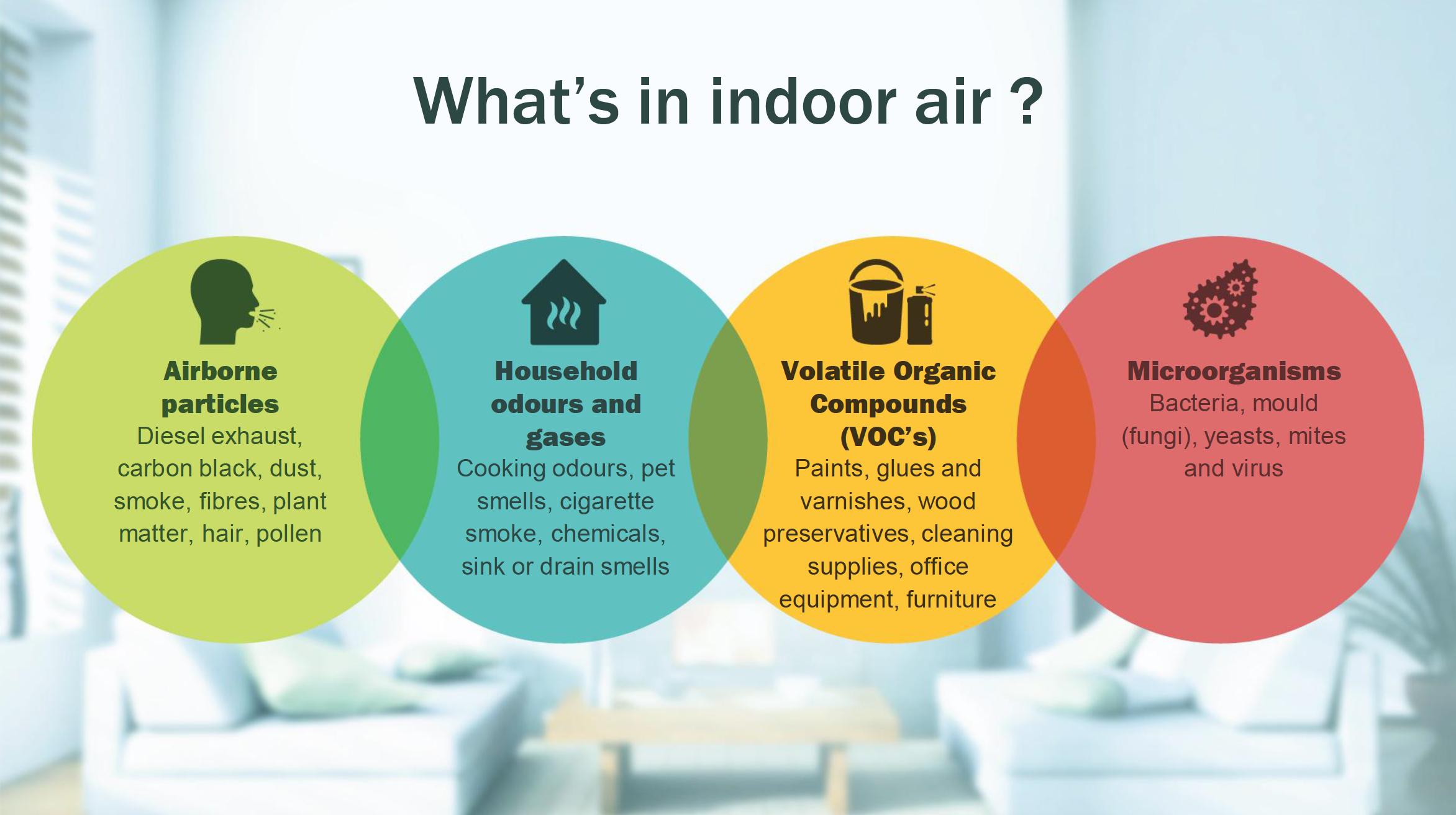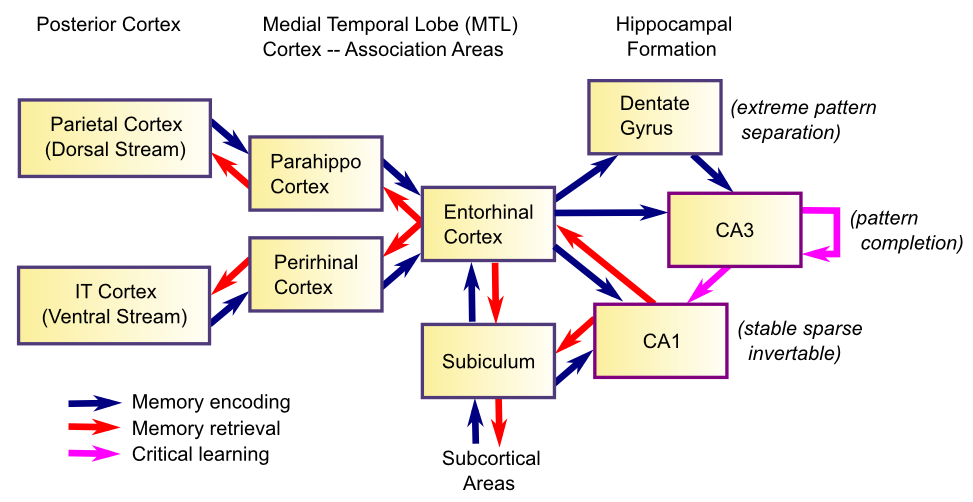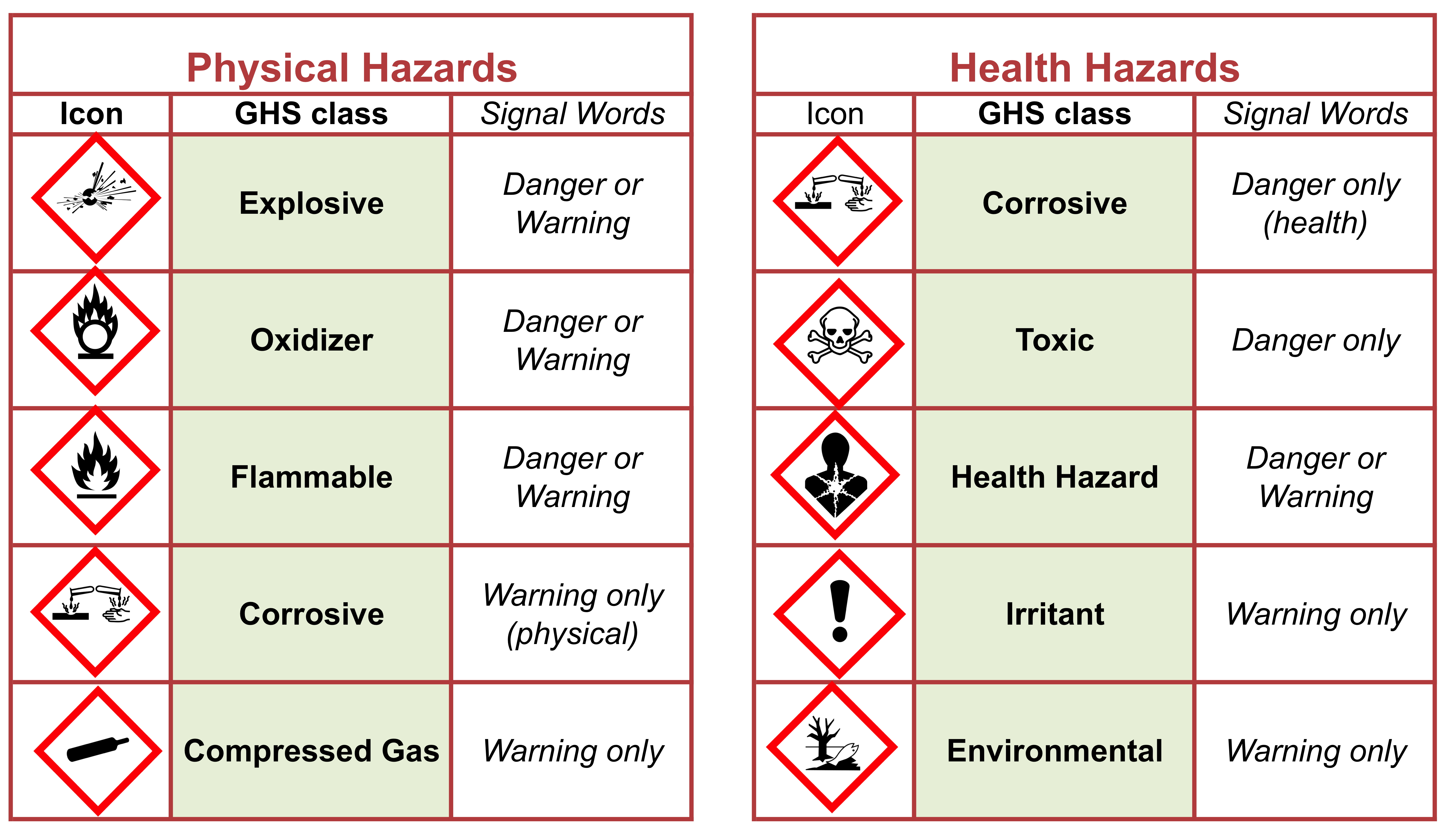Indoor air quality is a crucial aspect of our overall health, yet it often receives little attention in our daily lives. Poor air quality can have significant effects on indoor health, leading to issues like headaches, fatigue, and even respiratory problems. As we spend about 90% of our lives indoors, understanding how the environment we inhabit influences our well-being is essential. Studies reveal a direct link between indoor pollution effects and cognitive performance, underscoring the importance of effectively managing air quality in our homes and workplaces. To deepen your awareness, take our air quality quiz, which will help you identify potential hazards and promote healthier living spaces.
The conditions of the air we breathe within enclosed spaces—often referred to as environmental health—play a vital role in our daily lives. Many individuals may not realize that factors such as ventilation and the presence of pollutants can significantly impact their productivity and mood. By assessing the quality of the atmosphere in our living and working environments, we can better understand how it affects our health and performance. Concepts like ‘healthy building design’ promote the idea that sustainable architecture should prioritize the health of its occupants by ensuring clean air circulation. Broadening our knowledge of these aspects allows us to create healthier living and working spaces that contribute to overall well-being.
Understanding Indoor Air Quality and Its Importance
Indoor air quality (IAQ) refers to the condition of the air within buildings and structures, focusing on factors that impact health, comfort, and performance. With Americans spending around 90% of their lives indoors, the quality of air becomes crucial to our overall well-being. Poor indoor air quality can lead to a range of health issues, including respiratory problems, fatigue, and impaired cognitive functions. This highlights the necessity of monitoring IAQ to ensure our living and working spaces contribute positively to our indoor health.
Factors affecting indoor air quality include ventilation rates, the presence of pollutants, and the building materials used. As revealed in recent studies, increasing air ventilation can significantly boost cognitive function and reduce the incidence of common ailments in office environments. Maintaining high indoor air quality is essential not only for physical health but also for mental acuity and productivity, establishing a clear link between the spaces we occupy and our holistic health.
The Effects of Indoor Pollution on Our Health
Indoor pollution effects can manifest in various ways, from headaches and fatigue to more serious respiratory issues. Common pollutants include volatile organic compounds (VOCs) from household cleaners, mold, and dust, all of which can compromise our health if not adequately controlled. Moreover, the effects of air quality on cognitive performance are becoming increasingly recognized, with studies showing that better air quality is associated with improved concentration, decision-making, and problem-solving abilities in both work and academic settings.
To combat indoor pollution effects, it is essential to implement practices that enhance air quality, including regular ventilation, the use of air purifiers, and selecting eco-friendly materials for renovation and decoration. By adopting healthy building design principles, we can create environments that promote better indoor health and well-being. This proactive approach not only safeguards our physical health but also enriches our mental clarity and productivity.
Healthy Building Design: Key Principles for Improved Air Quality
Healthy building design emphasizes the creation of spaces that prioritize occupants’ health and well-being. Integrating natural ventilation, using non-toxic materials, and ensuring ample daylight are essential components of this design philosophy. By understanding the connection between our built environment and indoor air quality, architects and designers can create healthier spaces that help reduce our risk of illness and enhance our quality of life. A well-designed building can significantly lower the levels of indoor pollutants and provide a refreshing atmosphere for everyone inside.
Implementing these principles requires collaboration among architects, builders, and public health experts to ensure that the designs meet both functional and health needs. As more research sheds light on the effects of air quality in relation to health, the importance of healthy building design becomes ever more apparent. When we prioritize these principles, we can create environments that support mental and physical well-being, ultimately leading to healthier communities.
Taking the Air Quality Quiz: What You Need to Know
Air quality quizzes are an engaging and effective way to assess your understanding of indoor air quality and its impact on health. These quizzes often cover a spectrum of topics, from basic knowledge about pollutants to more complex questions about how building design can affect cognitive performance. By taking part in these quizzes, individuals can become more aware of the sources of indoor pollution and the best practices to mitigate their effects.
Understanding your results can empower individuals to take action towards improving their indoor environment. Whether at home or in the workplace, knowing the importance of air quality can encourage steps such as increasing ventilation or investing in high-efficiency particulate air (HEPA) filters. Moreover, being educated about the potential effects of air quality on overall health can lead to better decisions regarding indoor spaces, ultimately fostering an atmosphere conducive to both health and productivity.
Healthy Habits to Improve Indoor Air Quality
Establishing healthy habits within your indoor environment is crucial for maintaining optimal air quality. Start by implementing routines such as regular dusting and vacuuming with HEPA filters, which can significantly reduce allergens and pollutants in your space. Additionally, incorporating houseplants can help improve indoor air quality by absorbing pollutants and releasing oxygen, creating a more breathable environment.
Furthermore, it’s important to regularly check and maintain your HVAC systems to ensure they operate efficiently and effectively filter indoor air. Avoid using harsh chemicals for cleaning, opting instead for more sustainable and non-toxic alternatives that don’t contribute to indoor pollution. By integrating these healthy habits into your daily routine, you can make a considerable impact on indoor air quality, thus enhancing your overall health and well-being.
Common Indoor Air Pollutants: Identifying and Mitigating Risks
Common indoor air pollutants include dust, mold, pet dander, and chemical vapors from household products. These pollutants can lead to a variety of health issues, including allergy symptoms, respiratory problems, and even long-term illnesses. Identifying these common threats is crucial for taking preliminary steps to reduce their presence in your living or working space.
To mitigate the risks associated with these pollutants, consistent cleaning practices are vital. Regular dusting, using air purifiers, and ensuring proper ventilation can help reduce indoor pollution levels significantly. Additionally, it’s important to address water leaks that may lead to mold growth and to choose low-VOC paints and building materials to minimize chemical exposures. By proactively tackling these indoor air pollutants, you can create a healthier and more inviting indoor environment.
The Role of Ventilation in Indoor Air Quality
Ventilation plays a critical role in maintaining healthy indoor air quality. Proper ventilation helps to introduce fresh outdoor air into buildings, effectively diluting indoor pollutants and ensuring adequate oxygen levels for inhabitants. In recent studies, increasing ventilation has shown to enhance cognitive function and reduce the prevalence of indoor health ailments, reinforcing the importance of a well-ventilated space for both mental clarity and physical health.
There are various methods to improve ventilation in indoor spaces, including natural ventilation through windows and mechanical systems that circulate air. It’s essential to tailor ventilation strategies to the specific needs of a space, considering factors such as occupancy levels and pollutant sources. Investing in appropriate ventilation solutions is a vital step in promoting better air quality and, ultimately, healthier indoor environments.
Assessing Your Indoor Air Quality: Tools and Strategies
To effectively assess indoor air quality, utilizing various tools and strategies can provide valuable insights into the healthiness of your environment. Air quality monitors can measure levels of common pollutants, including particulate matter, humidity, and volatile organic compounds (VOCs). By regularly checking these parameters, occupants can identify potential sources of indoor pollution and take necessary actions to mitigate risks.
In addition to automated monitoring, integrating regular assessments through quizzes like the one developed by Harvard experts can help individuals understand their environments better. These assessments encourage occupants to think critically about their air quality and the effects it can have on their health. By applying both quantitative and qualitative approaches to assessing indoor air quality, you can develop effective strategies to enhance your indoor health and well-being.
Future Trends in Indoor Air Quality Management
As the focus on indoor air quality continues to grow, emerging trends in management practices are becoming evident. The integration of smart technology in ventilation systems allows for real-time monitoring of air quality and automatic adjustments to optimize conditions based on occupancy levels and air impurity measurements. These advancements showcase a significant shift towards more energy-efficient and health-promoting indoor environments.
Furthermore, the discourse surrounding indoor health is gaining traction among architects and policymakers, with a shift towards designing buildings that inherently support healthier living. This includes prioritizing sustainable materials, ensuring adequate daylight, and improving air filtration systems in public buildings. As these trends develop, we can expect significant improvements in how our built environments contribute positively to our overall health and well-being.
Frequently Asked Questions
What are the effects of air quality on indoor health?
The effects of air quality on indoor health are significant. Poor indoor air quality can lead to a range of health issues including respiratory problems, fatigue, headaches, and difficulty concentrating. Common indoor pollutants, such as mold, allergens, and volatile organic compounds (VOCs), can exacerbate these conditions, leading to long-term health effects if not addressed.
How does indoor air quality impact my productivity?
Indoor air quality directly impacts productivity, with studies showing that improved ventilation and reduced pollutants can enhance cognitive function and concentration levels among workers. A healthy building design that focuses on adequate air filtration and ventilation can contribute to a more effective and productive work environment.
What are common indoor pollution effects and how can they be mitigated?
Common indoor pollution effects include allergies, asthma attacks, and reduced overall health. These can be mitigated through regular cleaning, using air purifiers with HEPA filters, and ensuring proper ventilation within indoor spaces. Being proactive in maintaining a healthy environment can significantly lessen indoor pollution effects.
How can I assess my indoor air quality with an air quality quiz?
You can assess your indoor air quality by taking an air quality quiz that addresses common factors affecting indoor health, such as ventilation rates, humidity levels, and the presence of allergens or pollutants. This quiz can provide insights into the potential air quality issues in your space and suggest improvements.
Why is healthy building design important for indoor air quality?
Healthy building design is crucial for indoor air quality as it promotes optimal ventilation, minimizes exposure to pollutants, and incorporates natural materials. By considering air quality in the design phase, buildings can significantly enhance the well-being of their occupants and reduce the risks associated with poor indoor air quality.
What can I do to improve indoor air quality in my home?
To improve indoor air quality in your home, you can take several steps: ensure proper ventilation by opening windows or using exhaust fans, keep humidity levels in check, use air purifiers, regularly change HVAC filters, and reduce the use of chemical-based cleaners and materials. These actions will help create a healthier indoor environment.
How much of the air we breathe indoors comes from others in the room?
Up to 1-3% of the air we breathe indoors can come from other occupants in the room. This highlights the importance of good ventilation to reduce the concentration of pollutants and maintain healthy air quality.
What role does outdoor air play in indoor air quality?
Outdoor air plays an essential role in indoor air quality as it can introduce fresh air and dilute indoor pollutants. However, outdoor pollutants can also enter indoor spaces, making it important to use effective filtration and ventilation systems to maintain a balance of fresh and clean indoor air.
Can dust really affect indoor air quality and health?
Yes, dust can significantly affect indoor air quality and health. Dust often contains allergens and can be hormonally active, leading to various health problems. Regular cleaning and dusting can help reduce these risks and improve overall air quality.
How can I ensure good air ventilation in my workplace?
To ensure good air ventilation in your workplace, consider increasing the air exchange rate, using exhaust fans to remove contaminants, and implementing a routine maintenance schedule for HVAC systems. Incorporating outdoor air intake and monitoring air quality can also greatly benefit workplace health and productivity.
| Key Point | Details |
|---|---|
| Indoor Time | Americans spend an average of 80% of their lives indoors. |
| Cognitive Function | Workplace changes like increased air ventilation boost workers’ cognitive function as noted in a 2015 Harvard study. |
| Air Ventilation History | Air ventilation rates shifted in the 1970s primarily to limit complaints about body odors. |
| Outdoor Air Pollution | Most outdoor air pollution is inhaled indoors, making indoor air quality crucial for health. |
| Neighbor Air Quality | In apartments, up to 9% of the indoor air may come from neighboring units. |
| Health Improvement Actions | To improve indoor health quality, actions include increasing outdoor air supply and using HEPA filters. |
| Indoor Air and Disease Spread | Increasing ventilation and filtration can reduce the spread of infectious diseases indoors. |
| Dust’s Impact | Dust can be hormonally active, affecting health. |
| Chemical Regulations | Out of over 80,000 chemicals, only 200 have been banned by the EPA since 1976. |
Summary
Indoor air quality is a vital aspect of public health that affects our well-being and productivity. The study of how built environments influence health highlights the importance of maintaining good ventilation and air filtration to ensure a healthier living and working space. Studies, including those from Harvard, indicate that indoor air can contain pollutants from various sources, including outdoor air pollution and neighboring units. As most people spend significant time indoors, improving indoor air quality through ventilation and the reduction of harmful chemicals is crucial for reducing health risks and enhancing overall quality of life.




